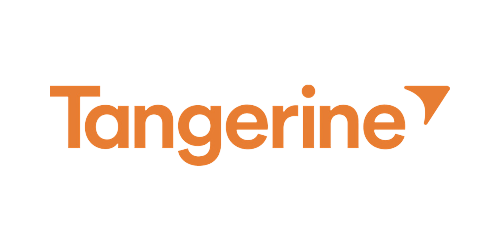Risk and Reward: The Growth of Card Programs
Abstract: The 2024 Canadian Lenders Summit panel, “Risk and Reward: The Growth of Card Programs” explores best practices in card program design, customer engagement, and leveraging new technologies, while balancing risks in the sector. Panelists discuss how to enhance user experience, increase card adoption, mitigate fraud and credit risk, and maximize profitability in a competitive market. 👉 Check out the full video here. 👀
How has technology transformed credit card risk management?
William: At Neo, we leverage granular data and advanced modeling to enhance credit risk strategies. For instance, we use technology to analyze customer transactions at the micro level, distinguishing legitimate behavior from potential fraud. This helps us deliver personalized offerings while maintaining cost efficiency. In Canada, cashback is a primary driver for customers, so aligning technology with consumer needs is critical.
Lora: The pandemic highlighted how resilient credit card portfolios can be. Despite challenges, card performance exceeded expectations, driven in part by immigration and inter-provincial migration. Leveraging cash flow data, such as deposit velocity and timing, has proven to be more predictive than traditional FICO scores for certain segments. This shift in focus has allowed us to better understand and support client needs.
Cato: Small businesses have historically relied on personal credit cards due to limited access to dedicated business credit. At Loop, we’ve developed innovative products tailored to small business cash flows, using technology to analyze transactional data and create more effective credit solutions. The goal is to offer flexibility and accessibility, especially for underserved markets.
What product innovations are addressing the evolving needs of consumers and businesses?
William: Drawing inspiration from markets like Brazil and Mexico, where interest-free installment payments are commonplace, we’re exploring niche products that cater to specific customer needs. For example, enabling customers to split transactions into installments can provide financial flexibility while optimizing balance sheets.
Lora: Point-of-sale (POS) financing has grown in popularity, but it’s not a one-size-fits-all solution. While it addresses immediate needs, it can sometimes lead to financial strain for vulnerable segments. At Tangerine, our focus is on creating holistic financial plans that prioritize long-term stability over short-term convenience.
Cato: For small businesses, card programs must be designed to meet specific cash flow needs. By integrating multiple financial tools into a single platform, we can simplify processes and provide businesses with the resources they need to thrive, whether through cards, credit lines, or other tailored solutions.
How is fraud impacting digital-first strategies?
William: Fraud detection is increasingly reliant on behavioral analysis. For example, identifying anomalies like a device maintaining 100% battery for 15 consecutive days helped us uncover a fraud ring. Using ordinary data in innovative ways allows us to detect and mitigate fraudulent activities effectively.
Lora: Fraud, cybersecurity, and credit risk are interconnected. The rise of cyber threats has pushed us to adopt more agile and collaborative approaches. By leveraging API-driven ecosystems and real-time data, we can better detect irregular patterns and disrupt fraudulent activities before they escalate.
Cato: Collaboration across the financial ecosystem is essential to combat fraud. Small business owners, like consumers, are vulnerable to scams. By sharing data and insights across institutions, we can create a more secure environment for all stakeholders.
What is the future of risk and reward in credit programs?
William: Understanding the broader customer ecosystem—including interactions with merchants and partners—is crucial. By identifying pain points and tailoring solutions, we can create products that are both relevant and impactful.
Matt: Credit limit increases (CLI) and pre-approvals are low-hanging fruit for optimizing the risk-reward equation. These strategies deepen relationships with existing customers while minimizing risk exposure. However, monitoring fraud and market conditions remains vital.
Cato: The future lies in reimagining product structures to align with customer behaviors. Businesses and consumers want seamless, integrated solutions. By leveraging technology, we can provide a unified experience that simplifies financial management and enhances accessibility.
Pamela: Thank you to our panelists, William, Lora, and Cato, for sharing their expertise. And thanks to the audience for your insightful questions. As the credit rewards landscape continues to evolve, embracing innovation while staying grounded in proven practices will be key to success. Thank you to the CLA for the wonderful event! Check out the full video here. 👀
Sign up for our 2025 Summit Series






